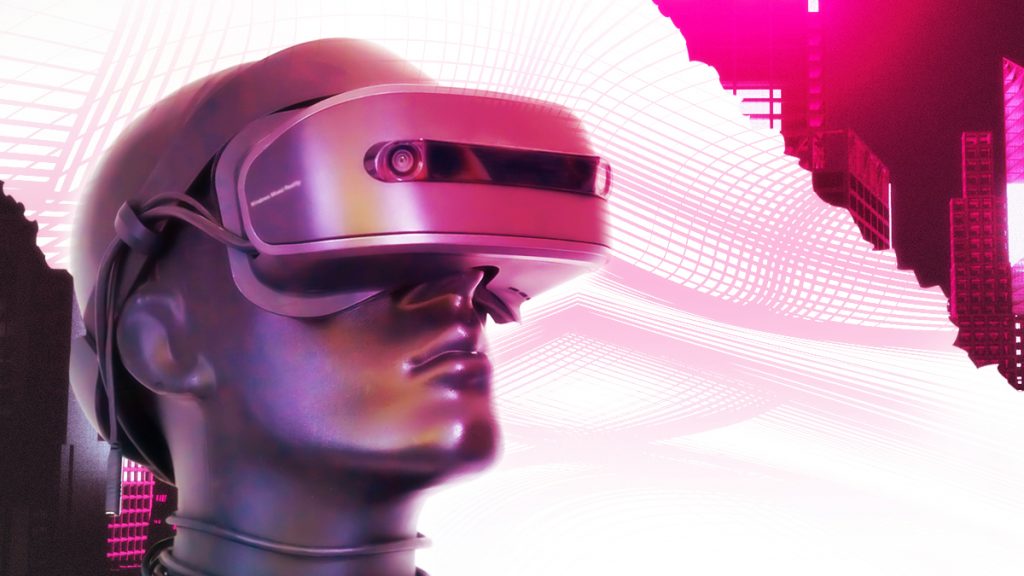The past fifteen years have seen a critical evolution in Extended Reality (XR) technologies, spurred by an increasing number and variety of applications. While it is true that these technologies are usually associated with the gaming and entertainment industries, they are also revolutionizing global markets by supporting commercial, educational, and scientific endeavors worldwide.
Customers now have the opportunity to visit hotels virtually before booking them or to inspect cars they are interested in buying. Additionally, professionals can use XR technologies to their advantage; for instance, architects can invite their clients to tour a project virtually, while healthcare professionals can optimize their practice, particularly in complex operations. Companies and institutions also have the option of providing realistic training and simulations. Although such use cases are already occurring, the possibility of exploring the metaverse opens up further opportunities for current and future generations.
This potential has not gone unnoticed by large firms such as Meta, Microsoft, Sony, HP, and Snap, all of which have long-term visions for their XR products. Smaller start-ups have also entered the market, competing for a share of this booming business. AR and MR glasses, VR headsets, goggles, and controllers have enabled users to interact with digital products, artwork, and fantasy characters in the physical world, the first step to the bridge all metaverse enthusiasts expect to see in the coming years. In addition, the advent of gloves and sound-wave devices is likely to simulate the sensation of touch, similar to what was portrayed in Ernest Cline’s dystopian novel Ready Player One (2011) and its film adaptation, directed by Steven Spielberg (2018). Established companies and crowdfunded projects are striving to create immersive and affordable devices to encourage mass adoption. However, this may be the most difficult challenge in XR’s evolution.
What Is The Role of Smartphones
The growing industry has seen several companies announce their intention to join, and rumors continue to circulate about secret projects from tech leaders such as Google and Apple. In addition, the necessity of smartphones to support the pace of parallel worlds creation has been recently brought to the forefront as mobile enterprises and network operators have joined the race for the lead. Smartphones have indeed advanced in display and camera resolution, layout, anatomy, usability, and 5G mobile network connectivity, all of which are integral to a novice metaverse community. But is this enough to support the pace of parallel worlds creation?
ThemeWorlder, a company behind Lootverse, a gamified metaverse designed for grown-ups, is a pioneer in this field. CEO James Duchenne believes there are excellent opportunities for mobile in the industry: “Smartphones have enabled safe and seamless transactions, allowing us to cope with the pandemic, and they have facilitated social interaction and connection. They have also allowed companies to reinvent their marketing, sales, and training strategies through AR and VR. The Metaverse will push this transformation further, and these devices have the potential to become sole mediums, with viewers and other accessories to augment the user experience in the virtual world.”
Lootverse is soon launching a map-driven website where users can search for businesses and attractions worldwide and virtually travel to these destinations. Early adopters are already buying land and setting up corporate and residential properties for future users to explore. Over time, companies operating in Lootverse will also be able to merge their physical stores with their presence in the Metaverse, using XR technology. “Imagine walking into a shoe store with your smartphone or AR glasses and finding sneakers made especially for users like you. This level of personalized experience will alter how we think about consumption shortly”, said Duchenne.



